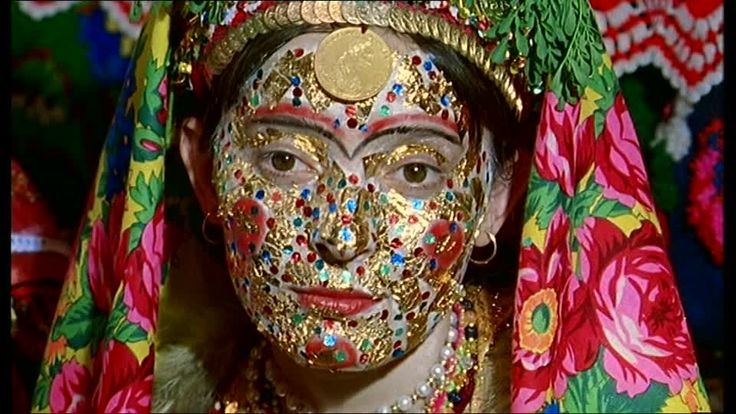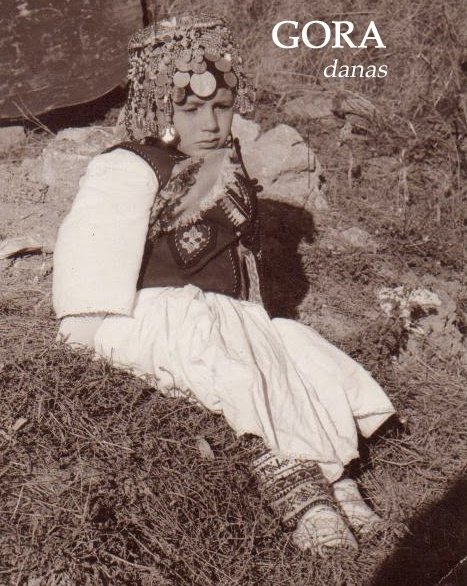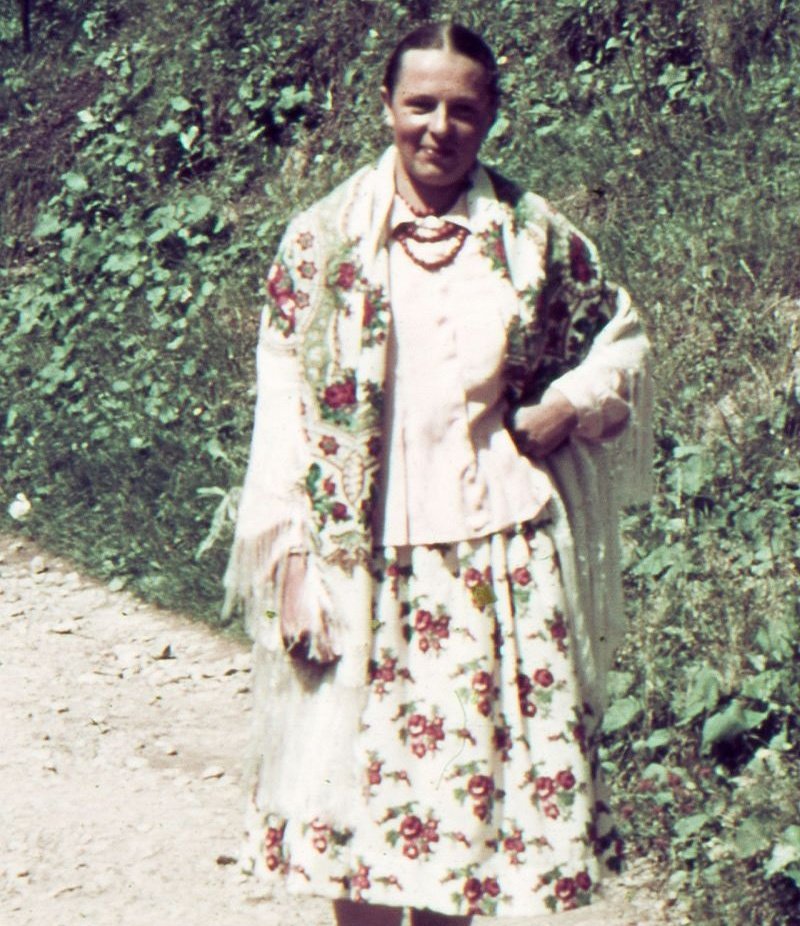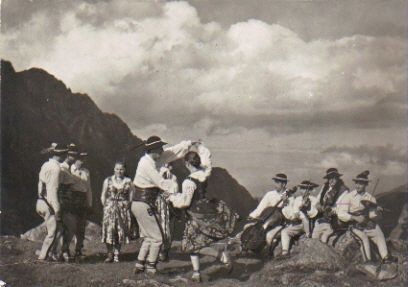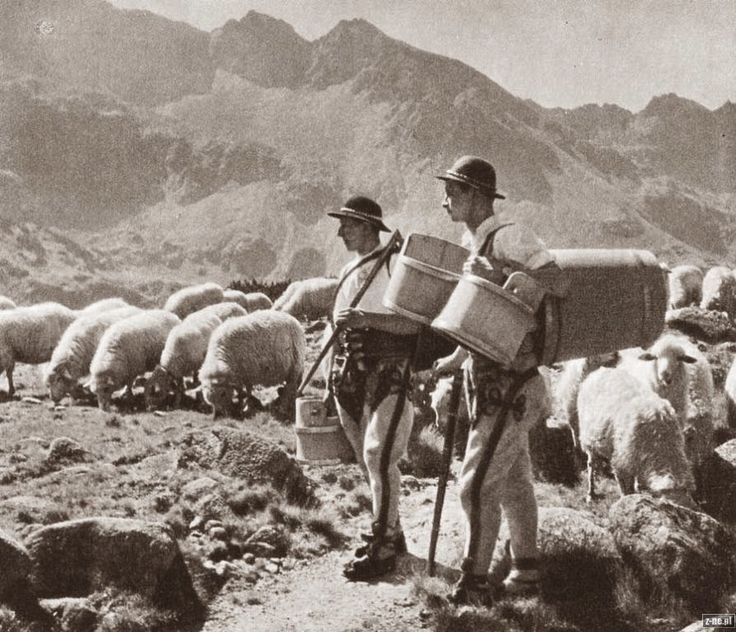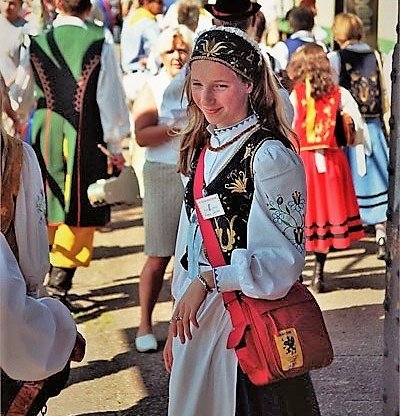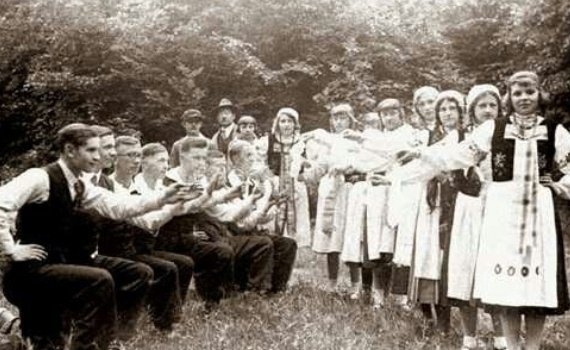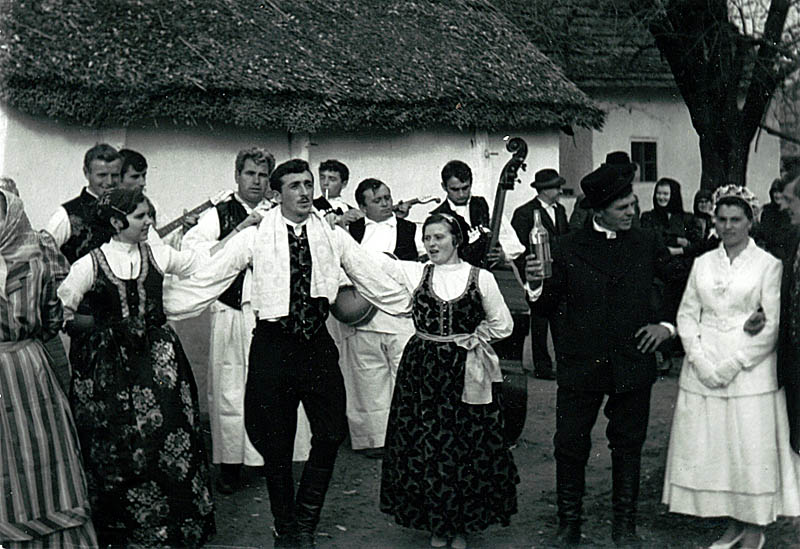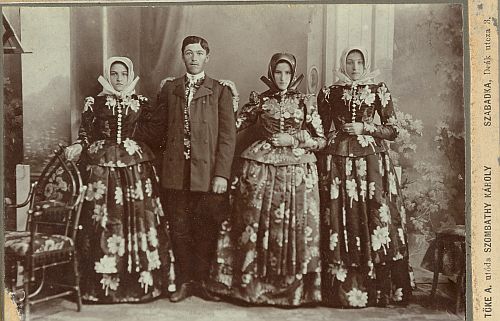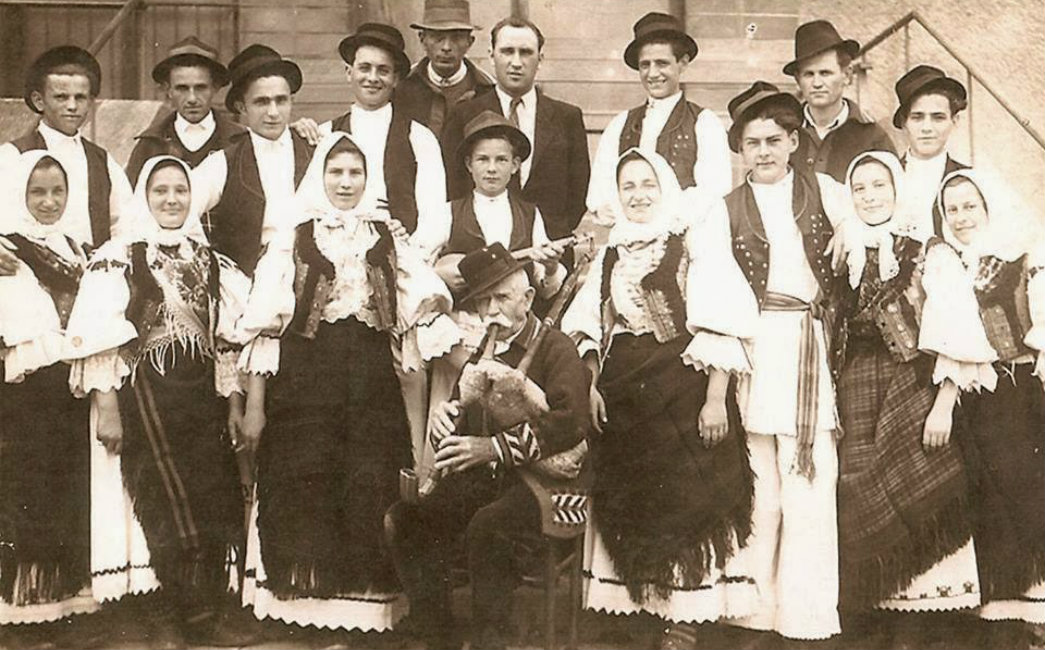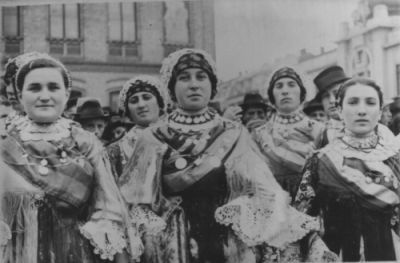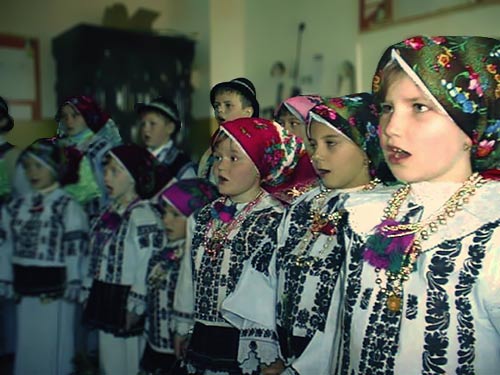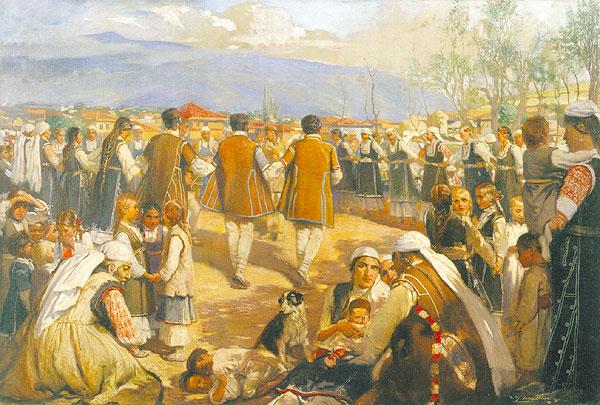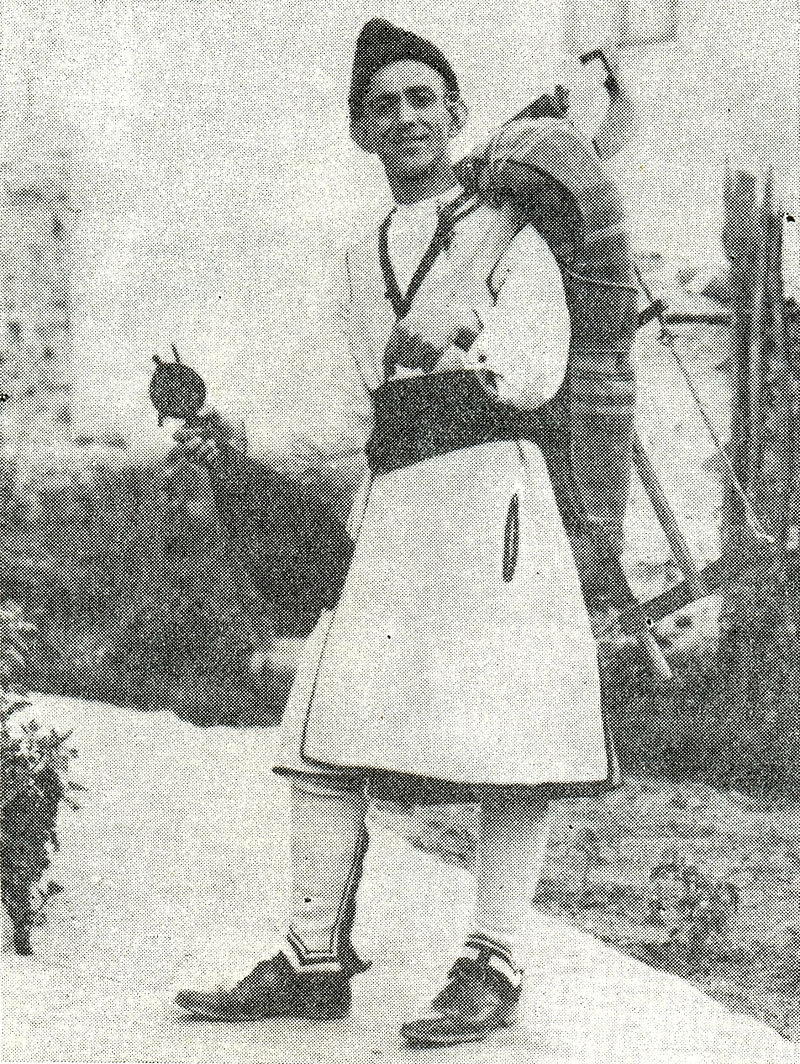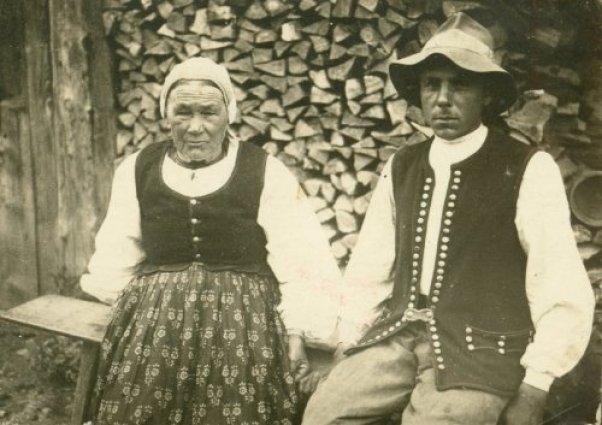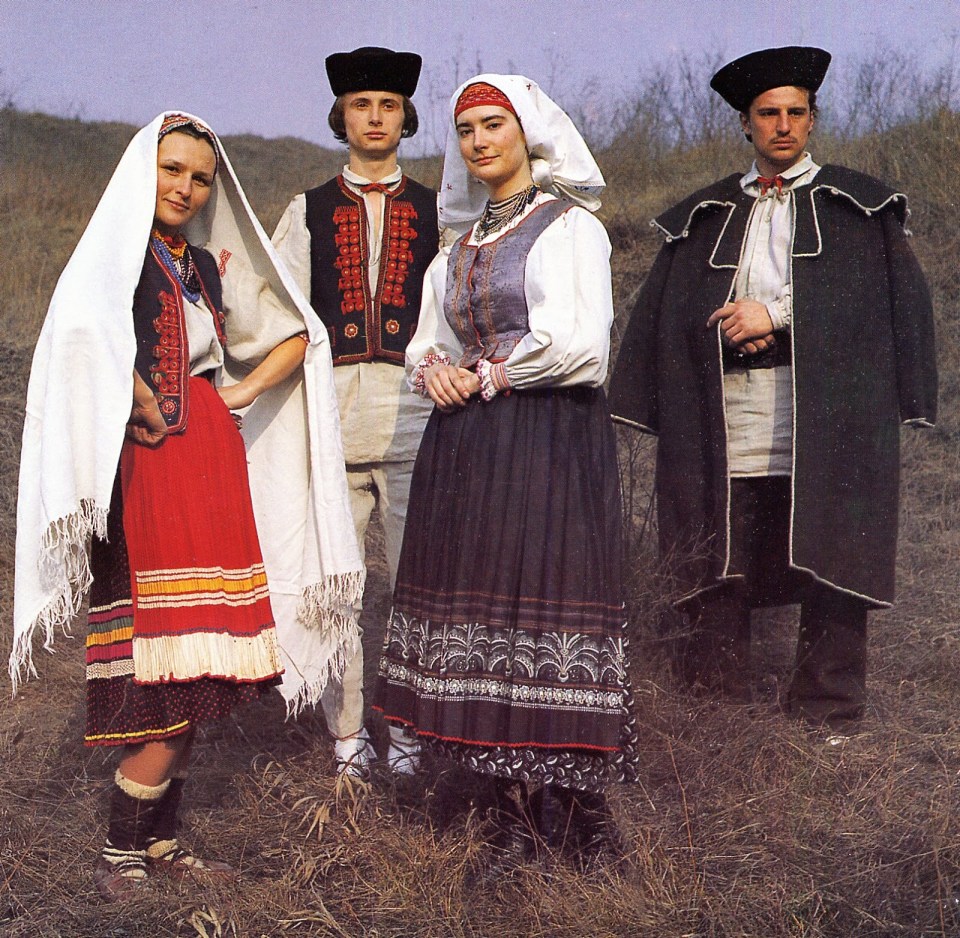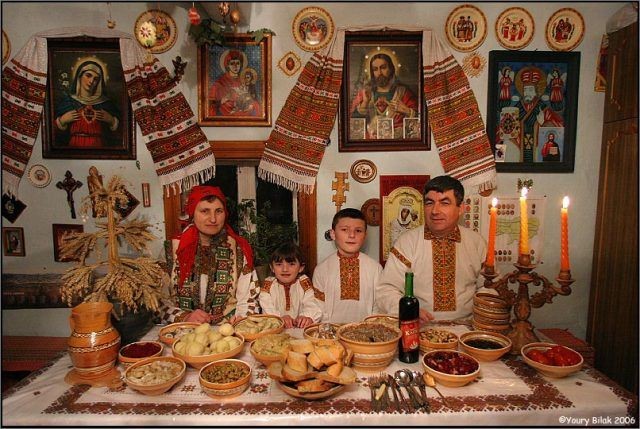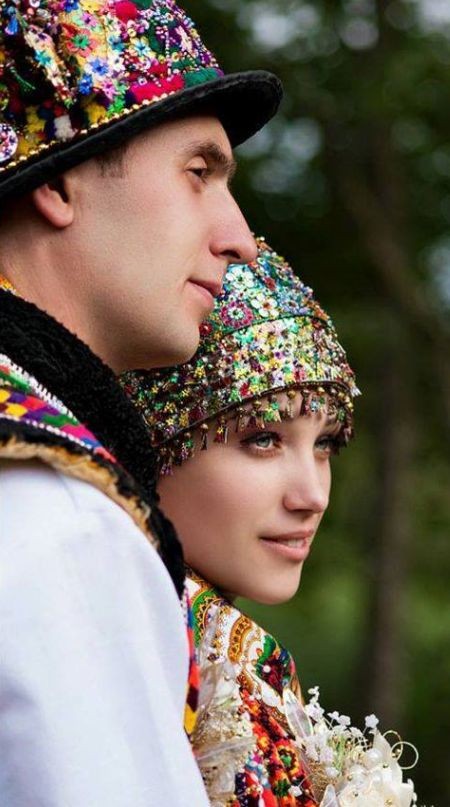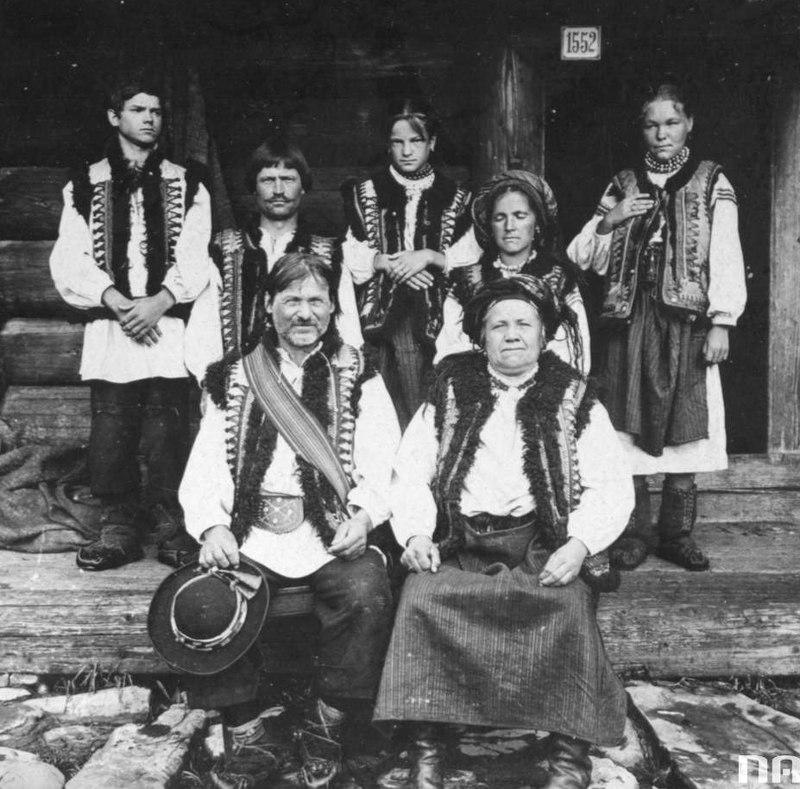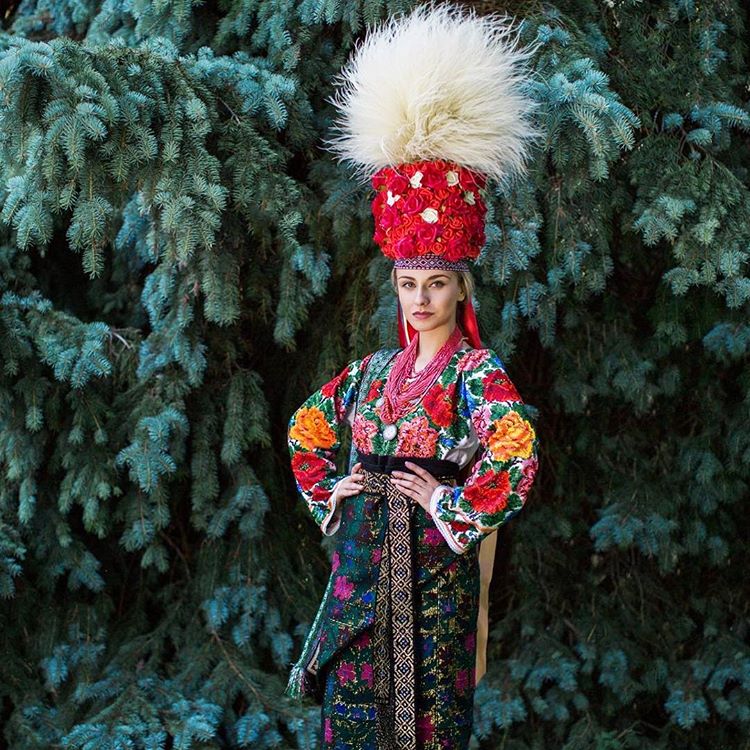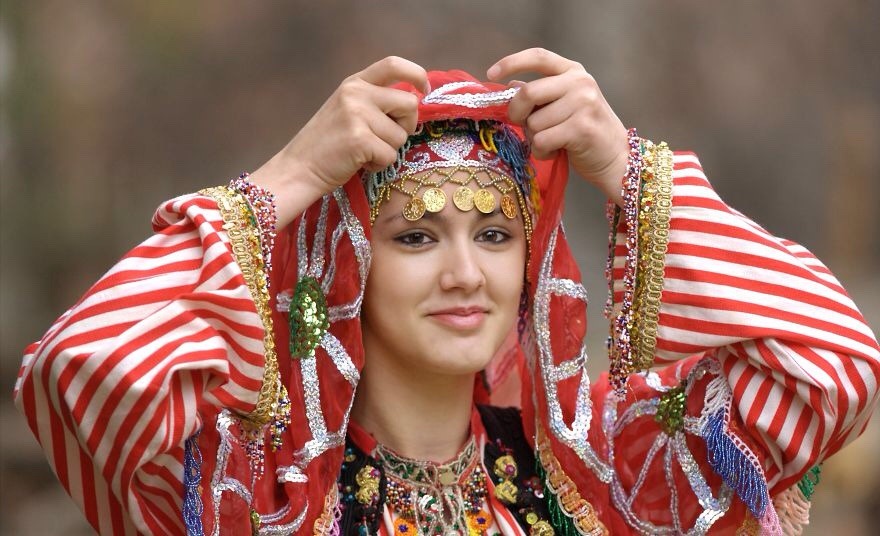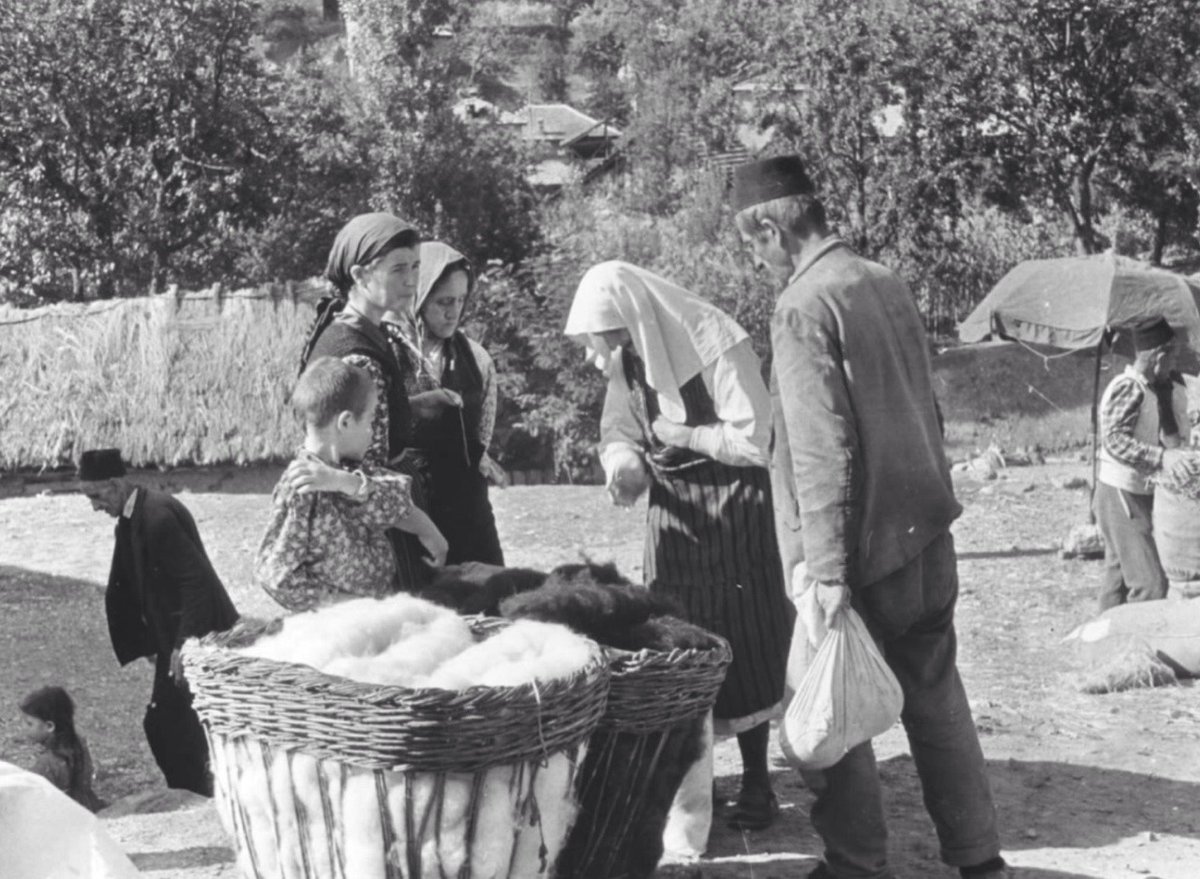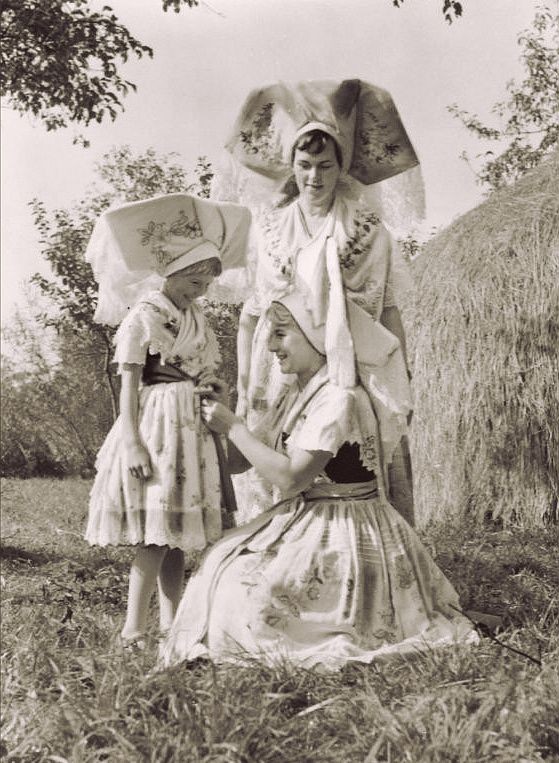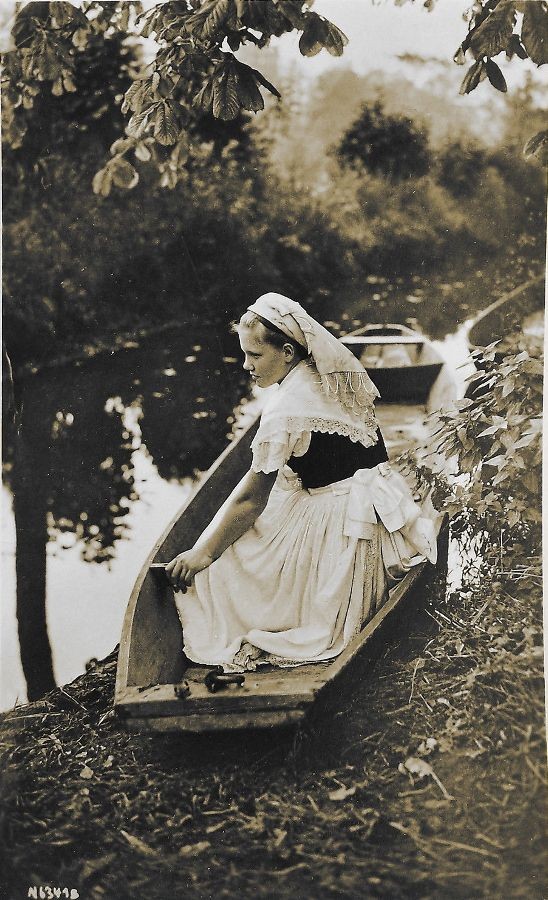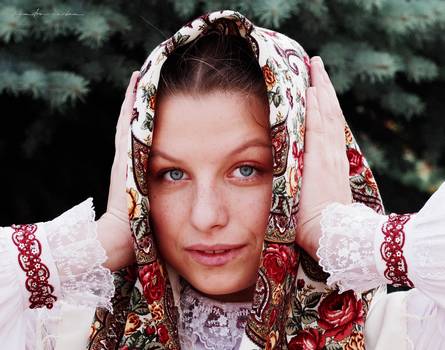slavic micro-ethnicities u might didn& #39;t know about:
gorani/goranci are a slavic muslim ethnic group inhabiting the gora region the triangle between serbia, albania, and macedonia. / they number 60,000 people, and speak a transitional south slavic dialect, called goranski, very similar to serbian.
pomaks slavic muslims inhabiting macedonia, bulgaria, northeastern greece and mainly northwestern turkey // they number 1 million. (many actually consider them just islamized bulgarians and macedonians during the ottoman empire)
gorals/górale primarily found in their traditional area of southern poland, northern slovakia, and in the czech republic, ukraine and romania. / their number is not know / dialects spoken by the gorals descend from proto-slavic from the lechitic, old polish area, slovak
kashubians native to the historical region of eastern pomerania called pomerelia, in north-central poland. they speak the kashubian language, reffered to as the polish dialect. / 108,100 people declared kashubian as their language.
bunjevci live mostly in the bačka region of serbia and southern hungary. a lot of them declare themselves as croats because of catholicism. // the ones who call themselves bunjevci number 17,206.
šokci are native to historical regions of baranya, bačka, slavonia and syrmia. // overall unknown, they number 607 just in serbia.
krašovani who mainly live in romania in the romanian part of banat, majority are catholic, and they speak the krašova language. // there are a total of about 5,000 of them, most of whom declare themselves as croats or serbs, and only about 200 as a separate ethnic group.
shopi/šopi used by a group of people self-identifying as bulgarians, macedonians and serbs. in 2011 census in serbia 147 are registered as separate ethnicity. in serbia the term šop has always denoted highlanders.
rusyns speak the rusyn language. they descend from an east slavic population that inhabited the northern regions of the eastern carpathians from the early middle ages. // they number 623,500. Of the 1.2–1.6 million people of rusyn origin, only around 90,000 have been identified.
lemkos inhabiting lemkivshchyna, a part of transcarpathia. lemkos generally self-identify as a sub-group of rusyns and/or ukrainians. // they number 67,141. number of Lemkos on territories of pre-war poland was estimated between 100,000 and 150,000 people.
boykos are a ukrainian ethnographic group located in the carpathian mountains of ukraine, slovakia, hungary, and poland. along with lemkos and hutsuls, they& #39;re a subgroup of the rusyns. in ukraine, the classification of bykos, distinct from ukrainians is controversial
hutsuls live in parts of western ukraine and romania. // they number 21,400 in ukraine and 3,890 in romania.
podolyans are people who populated the region of podolia. in the 19th century, gustave le bon has found a new peculiar race in the tatra mountains, named "podolians"
bukovynians // bukovyna is currently divided into two parts, the north belongs to ukraine and the south to romania. // its known that some people delcare themselves as bukovinians instead of ukrainians but the number itself isn& #39;t known.
torbesh/torbeši have been culturally distinct from the majority orthodox macedonian community for centuries. they live in macedonia, serbia, turkey and albania. // they number 40,000–100,000.
sorbs/wends/lusitians inhabite lusatia, a region divided between germany and poland. they speak the sorbian languages. closely related to serbs, serbs and sorbs see each other as long lost "family" / they number 100,000. many of them were forced to germanize.
silesians inhabitants of silesia, a region of poland, germany and the czech republic. / they number:2.4–3.6 million in germany, 21,556 in czech republic , 2 million in poland and 22 in slovakia.

 Read on Twitter
Read on Twitter